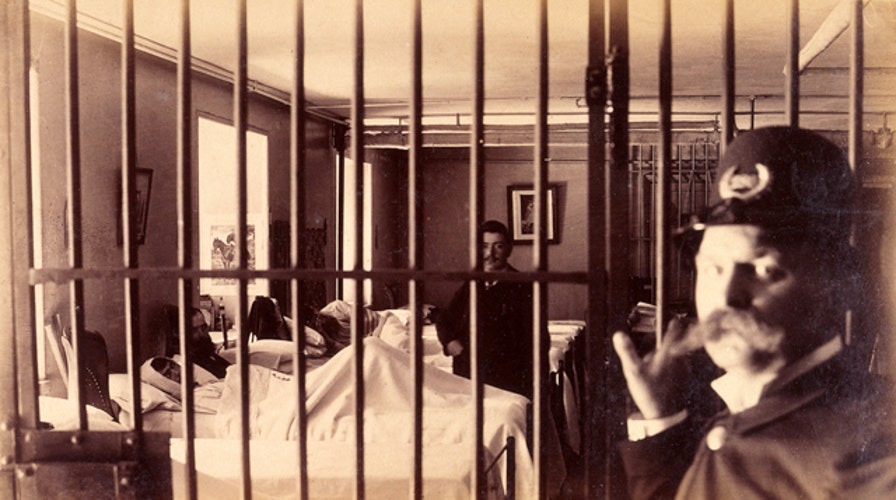Bellevue Hospital: A story of medicine and mayhem
It was an 18th century hospital that cared for both presidents and the poor. Today, Bellevue is a New York institution steeped in history and medical innovation. Dr. Manny sits down with Pulitzer Prize-winning author David Oshinsky to talk about his new book
U.S. hospitals are rich with history, but Bellevue Hospital Center in New York City may be the quintessential American destination where some of the sickest patients— from past presidents to various immigrant groups in the 18th, 19th and 20th centuries— have sought care.
“This was the people’s hospital,” Pulitzer Prize-winning author, historian and professor David Oshinsky told FoxNews.com. “This was the hospital that turned no one away.”
The newspaper New York World published a series of exposés about life in the mental wards at Bellevue in the 1870s and ’80s, which led to publication of "10 Days in a Madhouse." A bestseller, the book promoted the association of Bellevue and its famous services for the mentally ill. But in Oshinsky’s new book "Bellevue: Three Centuries of Medicine and Mayhem in America’s Most Storied Hospital," the author discusses some of the public institution’s other groundbreaking achievements.
Bellevue researchers also conducted some of the first anesthesia experiments, and were the first in the United States to study germ theory, antiseptics and forensic medicine, Oshinsky said. The hospital had the country’s first ambulance service, maternity ward and hospital photography department as well.
“It’s got this amazing history not only in surgery but also in public health,” Oshinsky said.
Bellevue doctors treated Irish immigrants for cholera, and Jewish immigrants for typhus and tuberculosis, he said.
Its reputation for first-line care has persisted to modern day. When a local police officer is shot or a fireman is overcome with smoke, he or she is taken to Bellevue.
“When the Ebola patient comes to New York City, where did he go? Bellevue,” Oshinsky said.
Or, if a public dignitary such as the president or the Pope is ill and in NYC, he or she is also are taken to the hospital, Oshinsky said. At least two U.S. presidents— James Garfield and Grover Cleveland— were treated at Bellevue.
“Public hospitals are in trouble now— there’s less money being spent on them,” Oshinsky said. “I think Bellevue is so iconic. It’s got such a great history, and it’s got so much to teach us about human nature, human kindness, compassion and medical research— that’ll always be there.”

